The Mies Crown Hall Americas prize finalists for 2018 are announced

The Mies Crown Hall Americas Prize for 2018 has announced its finalists including the Smithsonian Museum in Washington DC by Freelon Adjaye Bond/Smith Group; Andrade Morettin Arquitetos Associados's cultural hub IMS Paulista in São Paulo; Barclay & Crousse Architecture's ‘Edificio E' education building for the University of Piura in Peru; Paulo Mendes da Rocha and MMBB Arquitetos' leisure and medical building, SESC 24 de Maio, in São Paulo; Productora and Isaac Broid's Teopanzolco Cultural Center in Cuernavaca, Mexico; and Edwin Chan/EC3's affordable residential project True North in Detroit.
The biennial prize recognises the best built works of architecture in the Americas, including North and South America, and was conceived by Illinois Institute of Technology College of Architecture in 2013.
The 2018 finalists were selected from over 175 projects nominated by a network of experts working across the geographical field. This year's jury, who toured each of the sites, interviewing the architects and clients, included Ricky Burdett CBE, chair, Jose Castillo, Ron Henderson, Rodrigo Pérez de Arce and Claire Weisz. A driving point of the jury's conversation was a debate surrounding what ‘quality’ means in architecture in the Americas today.
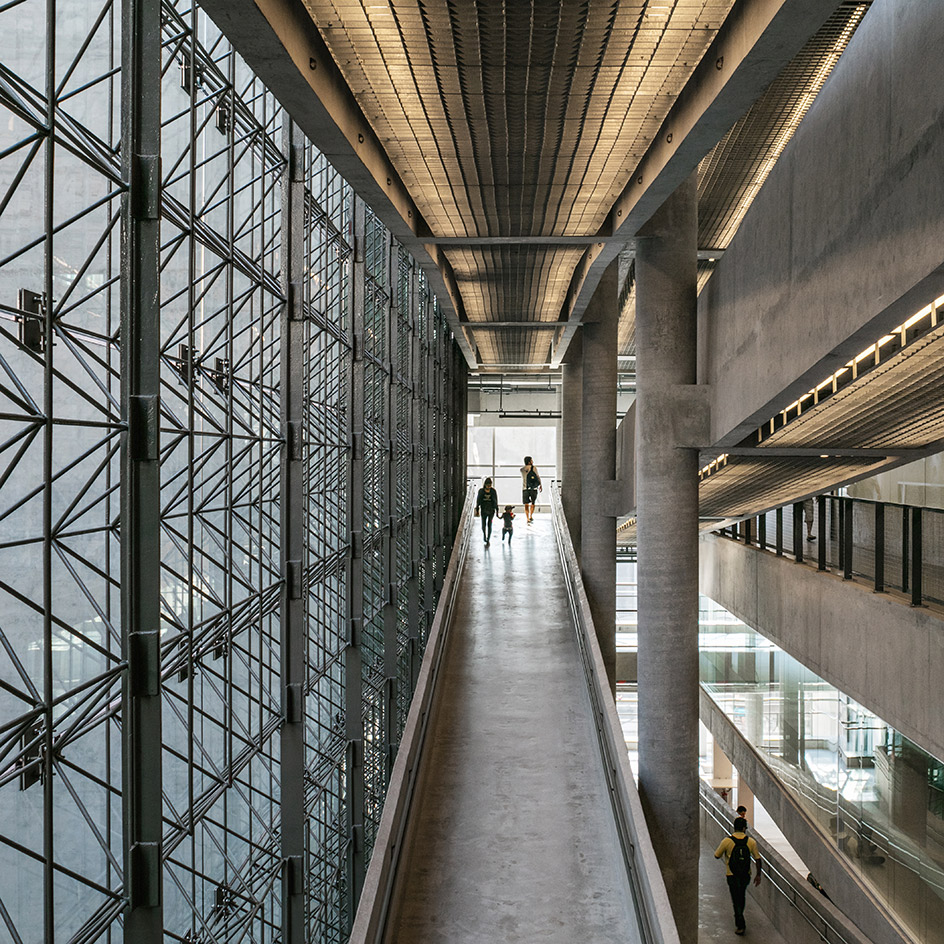
Interior walkways at SESC 24 de Maio designed by Paulo Mendes da Rocha and MMBB Arquitetos in São Paulo, Brazil
The judges were looking for projects that had potential for lasting influence across architecture and culture, pioneered the development of architecture as a practice, reshaped how we experience the built envrionment and participated in a wider cultural exchange.
‘We were not looking for architectural pyrotechnics. We were not interested in one-off iconic objects that could soon go out of fashion. We were not looking for technical ingenuity, however brilliant and ground-breaking. We were interested in buildings that work – for the city, for the institution, for the neighbourhood, community, and the individual occupants. Buildings that have meaning and complexity, and enrich the lives of the people who use and inhabit them,’ said Burdett.
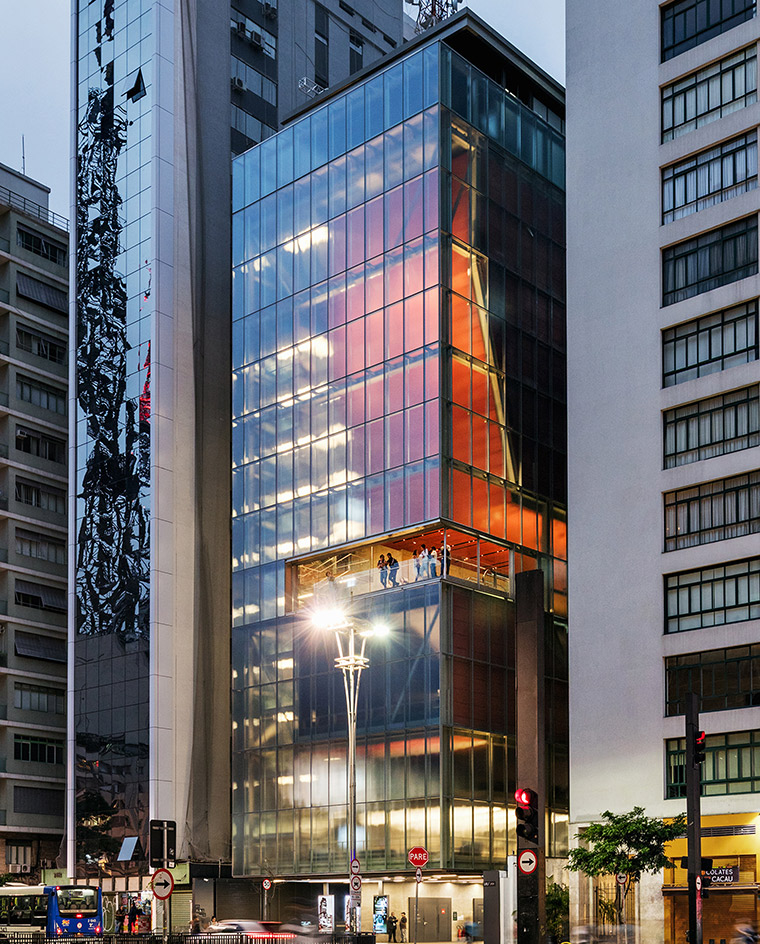
The IMS Paulista designed by Andrade Morettin Arquitetos Associados in São Paulo, Brazil
Burdett described how the projects each communicate the social and environmental challenges of today with ‘confidence, imagination, and modesty’ – this saw a shared architectural language across the finalists that expressed a similar concern with space as architects working in the mid-20th century. An interest in natural daylight, function prioritised over ‘symbolic facadism' and an honesty of material use including durable choices such as concrete were all flagged: ‘...many of the projects explored the spatial potential of economy of means with maximum impact,’ he said.
The winner of the Mies Crown Hall Americas Prize 2018 will be announced on 10 October.
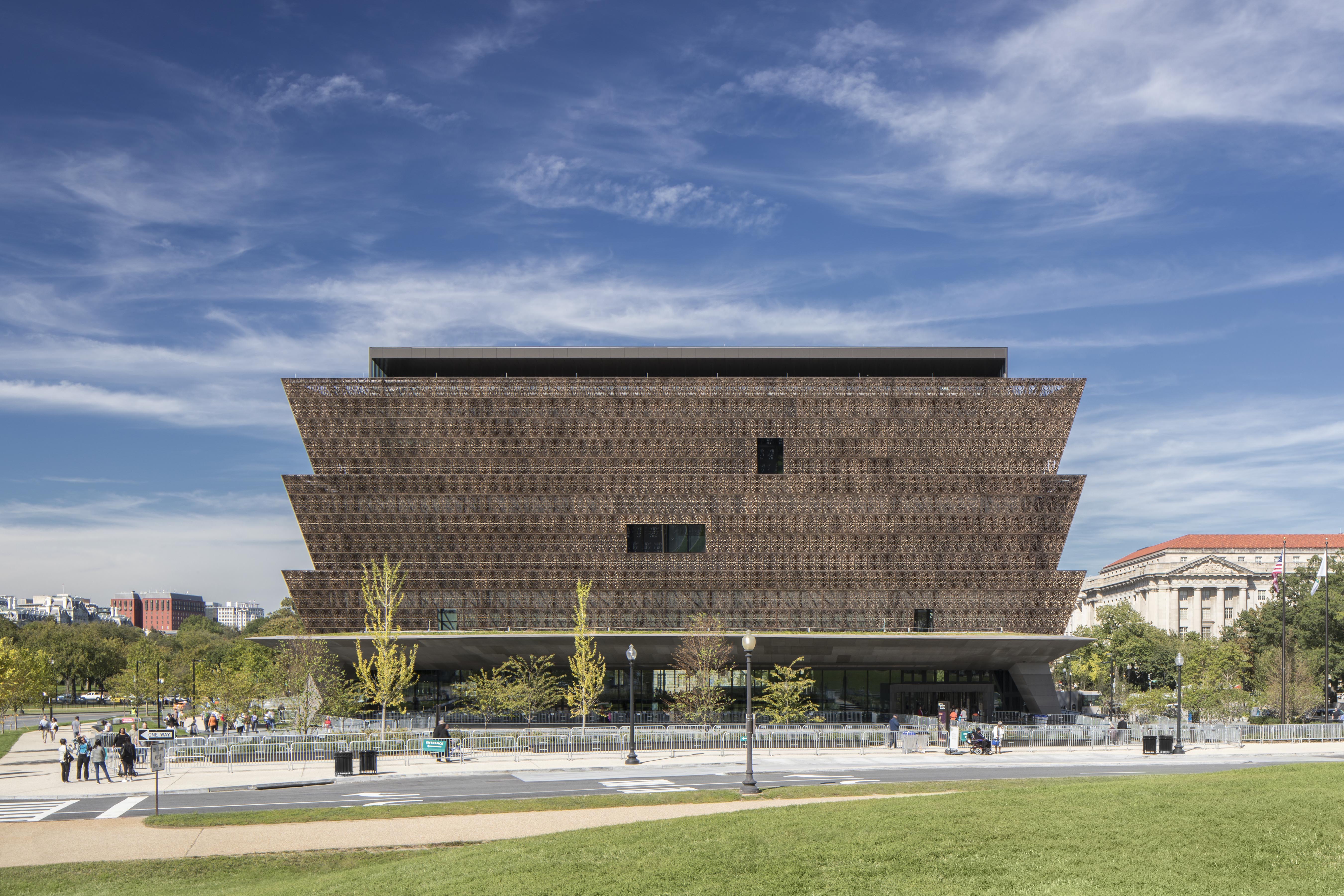
The Smithsonian National Museum of African American History and Culture designed by Freelon Adjaye Bond / Smith Group in Washington, DC is a new site of pilgrimage for the African American culture
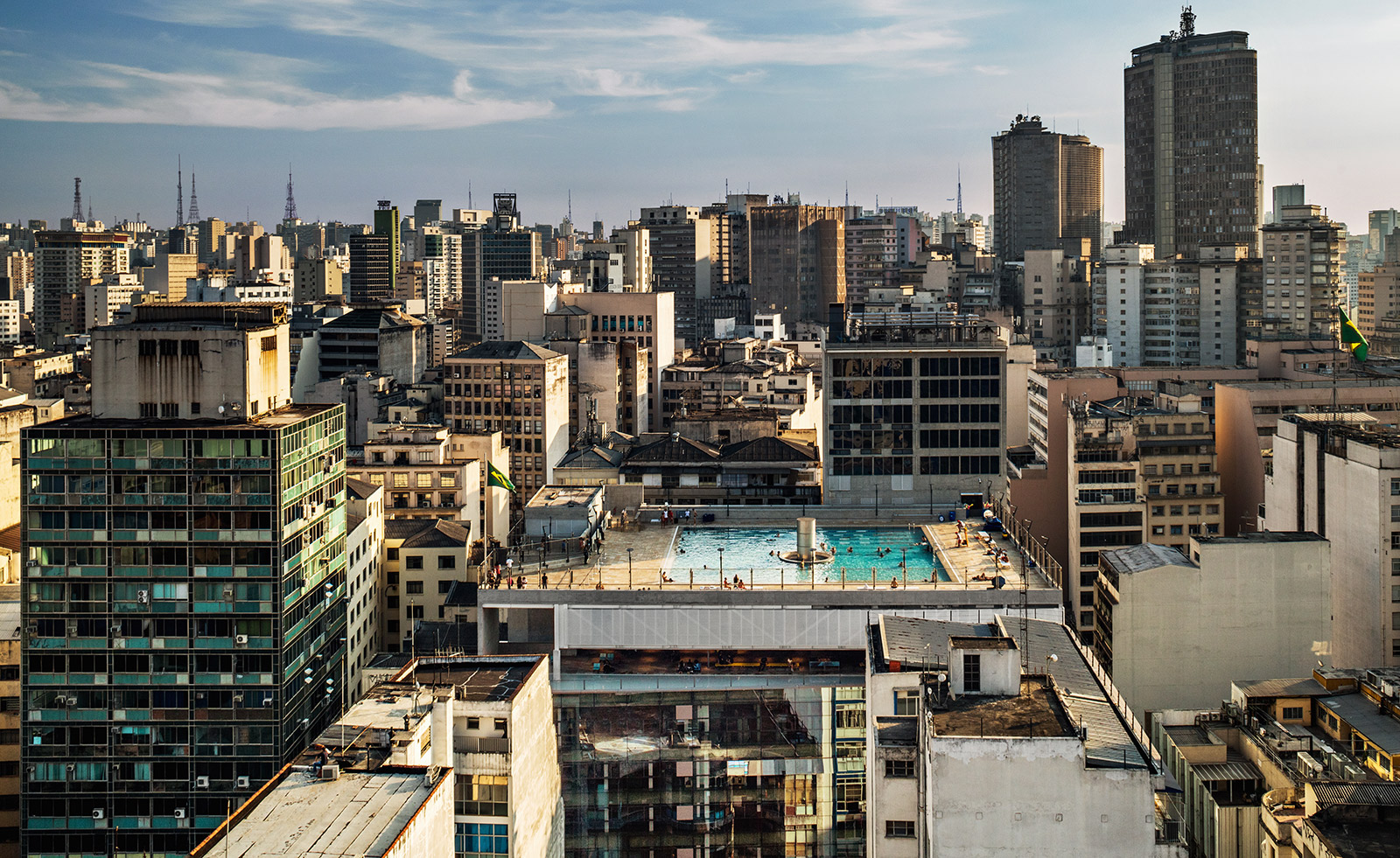
The SESC 24 de Maio designed by Paulo Mendes da Rocha and MMBB Arquitetos in São Paulo, Brazil is shoehorned into a tight site at the heart of São Paulo’s dense but fragile historic center
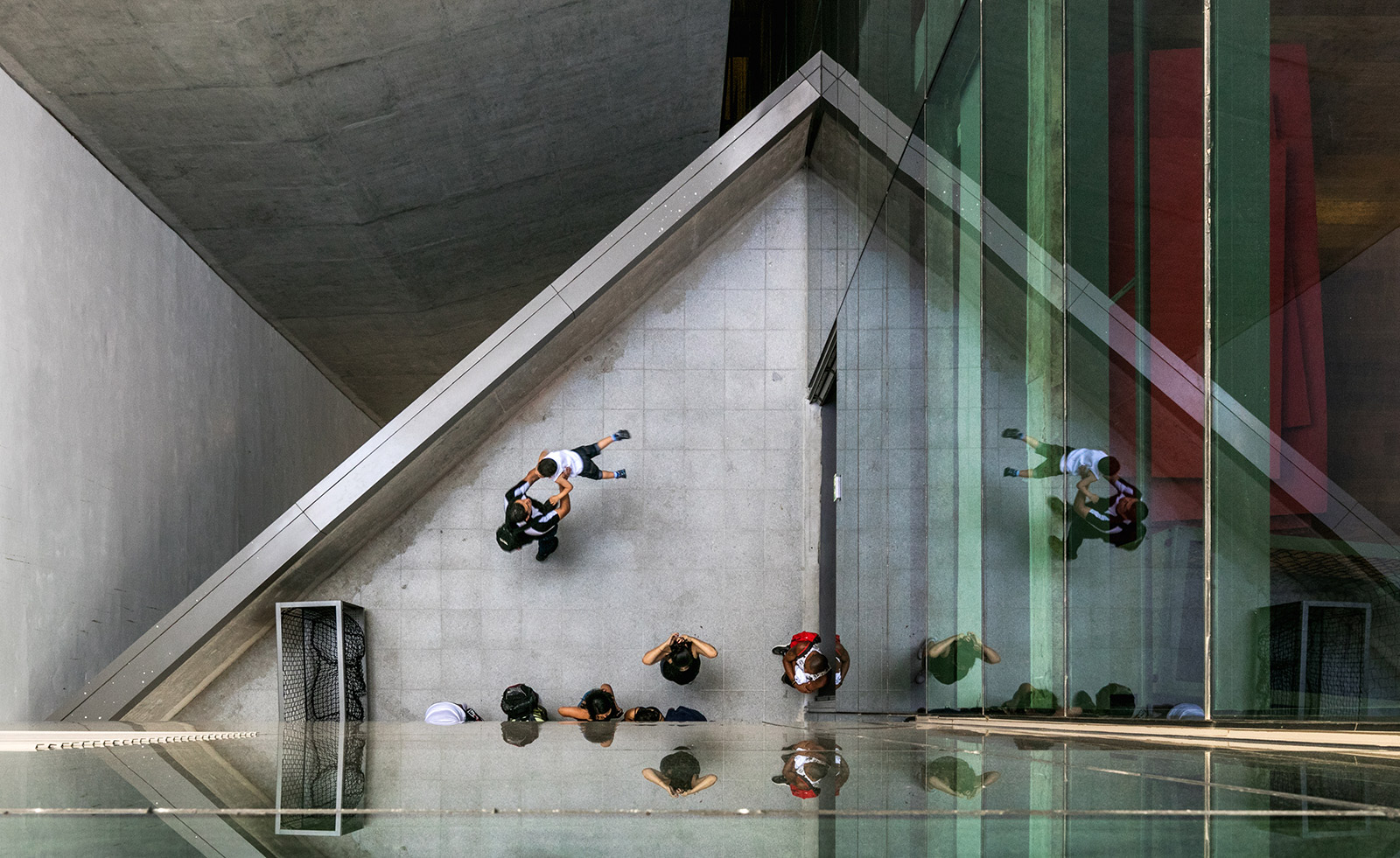
The SESC 24 de Maio offers leisure, sports, and medical facilities, including a rooftop swimming pool, to members of its progressive trade association, all connected by a generous 11-story ramp open to all
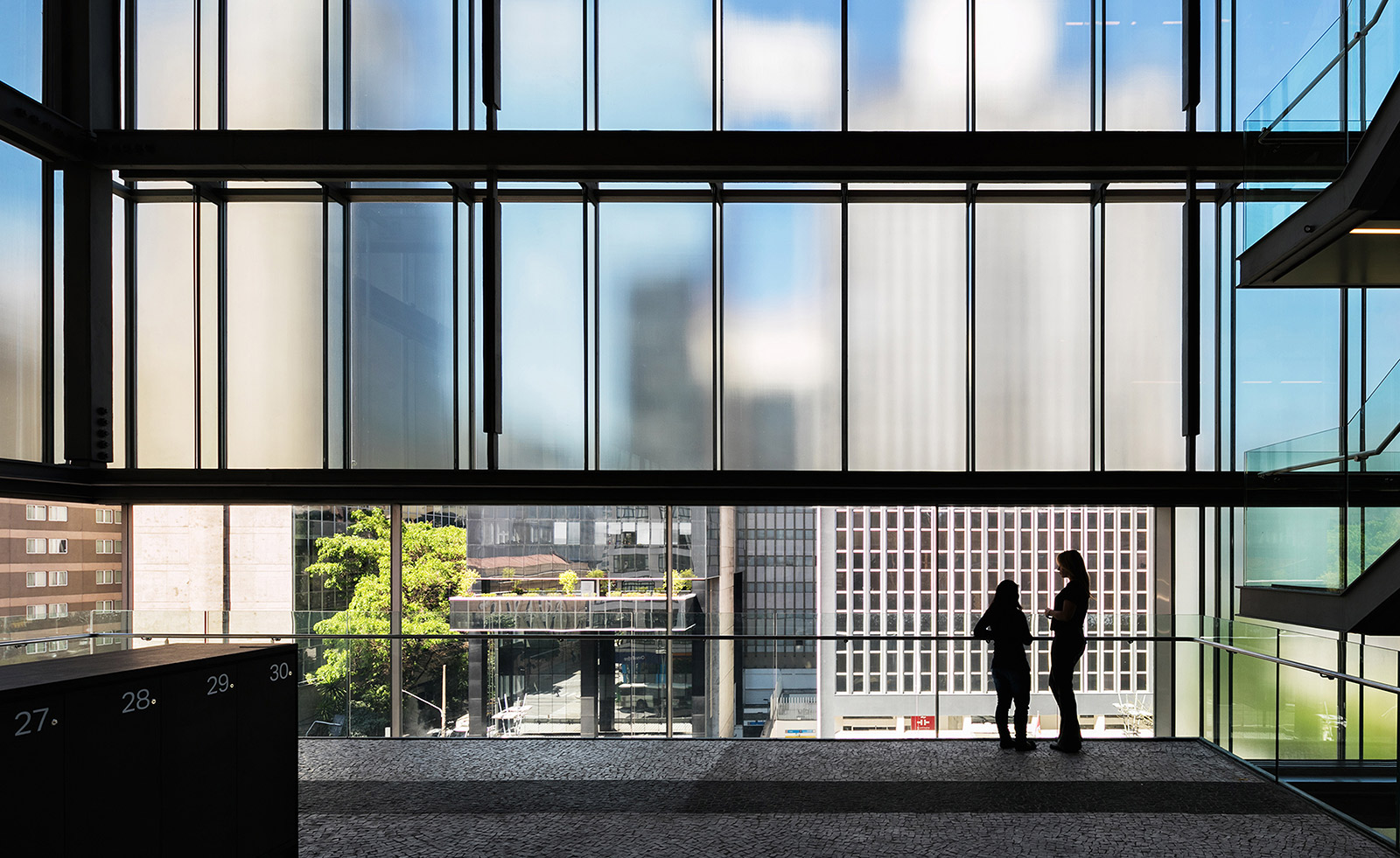
The IMS Paulista is located on São Paulo’s Paulista Avenue and brings the public and pedestrian experience into its form
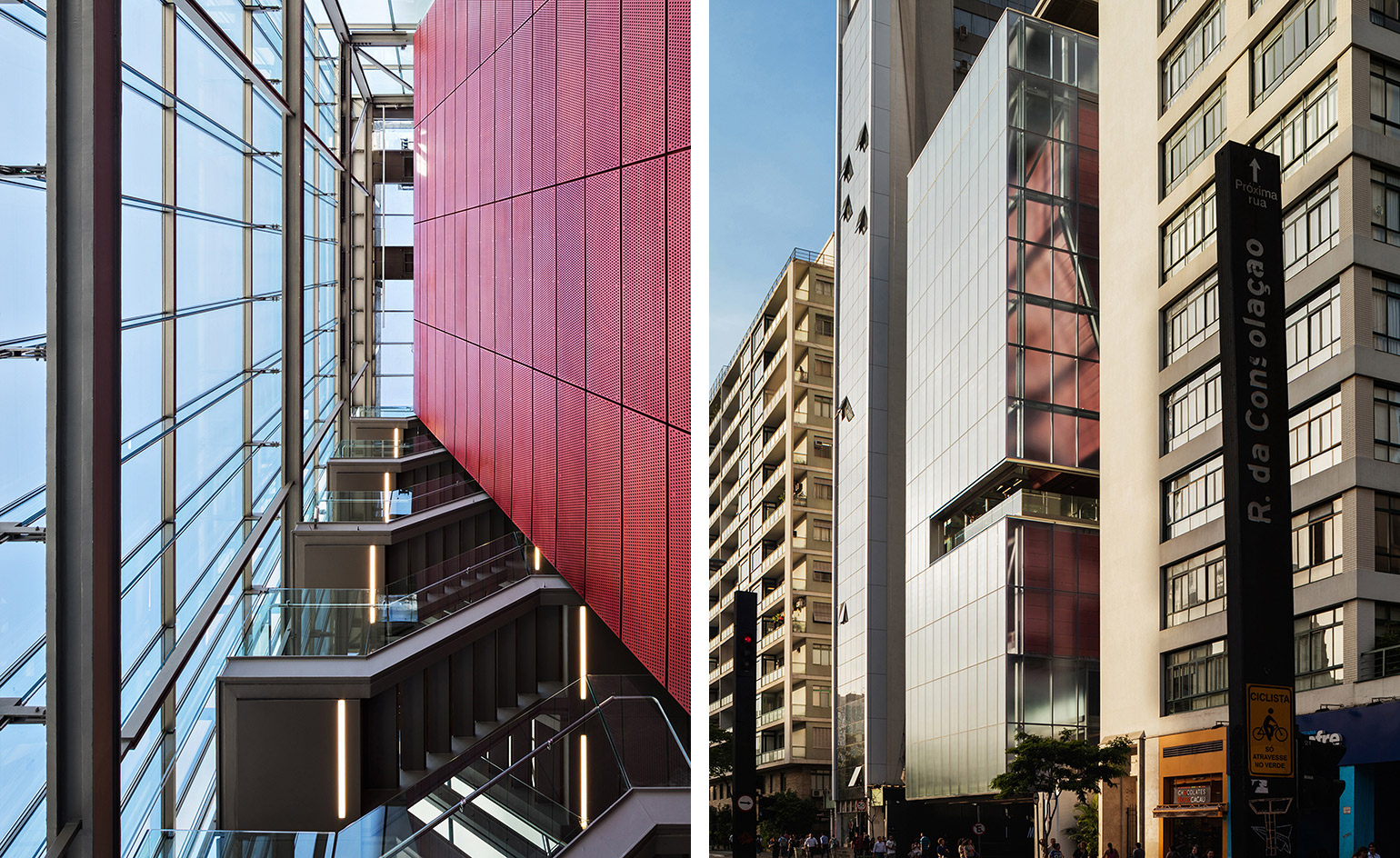
The IMS Paulista designed by Andrade Morettin Arquitetos Associados in São Paulo, Brazil, is a multi-level, stacked cultural building with galleries, library, and cinema
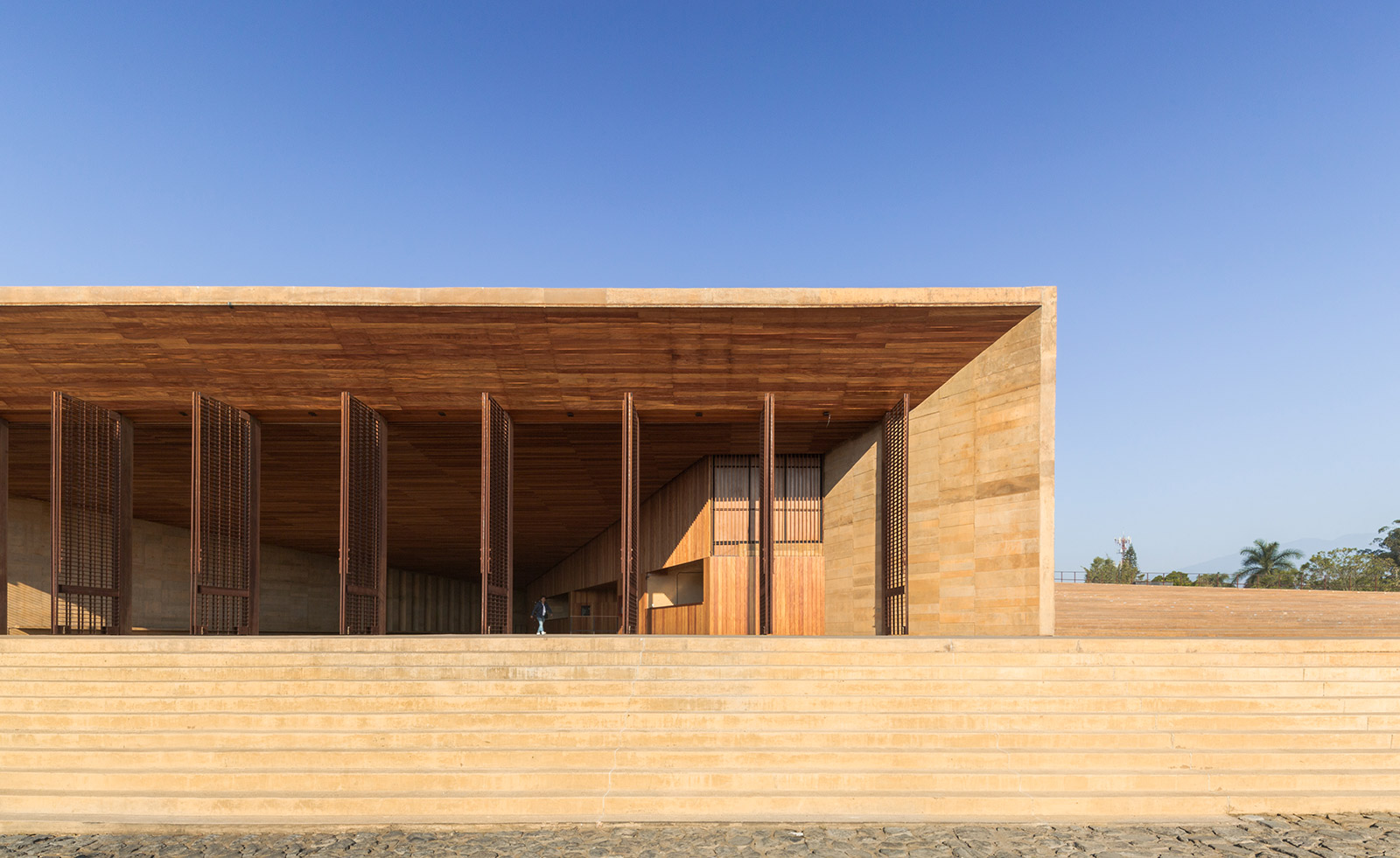
The Teopanzolco Cultural Center designed by Productora and Isaac Broid in Cuernavaca, Mexico, encloses a 800 seat auditorium and performance spaces, offering views of the historic site and city beyond
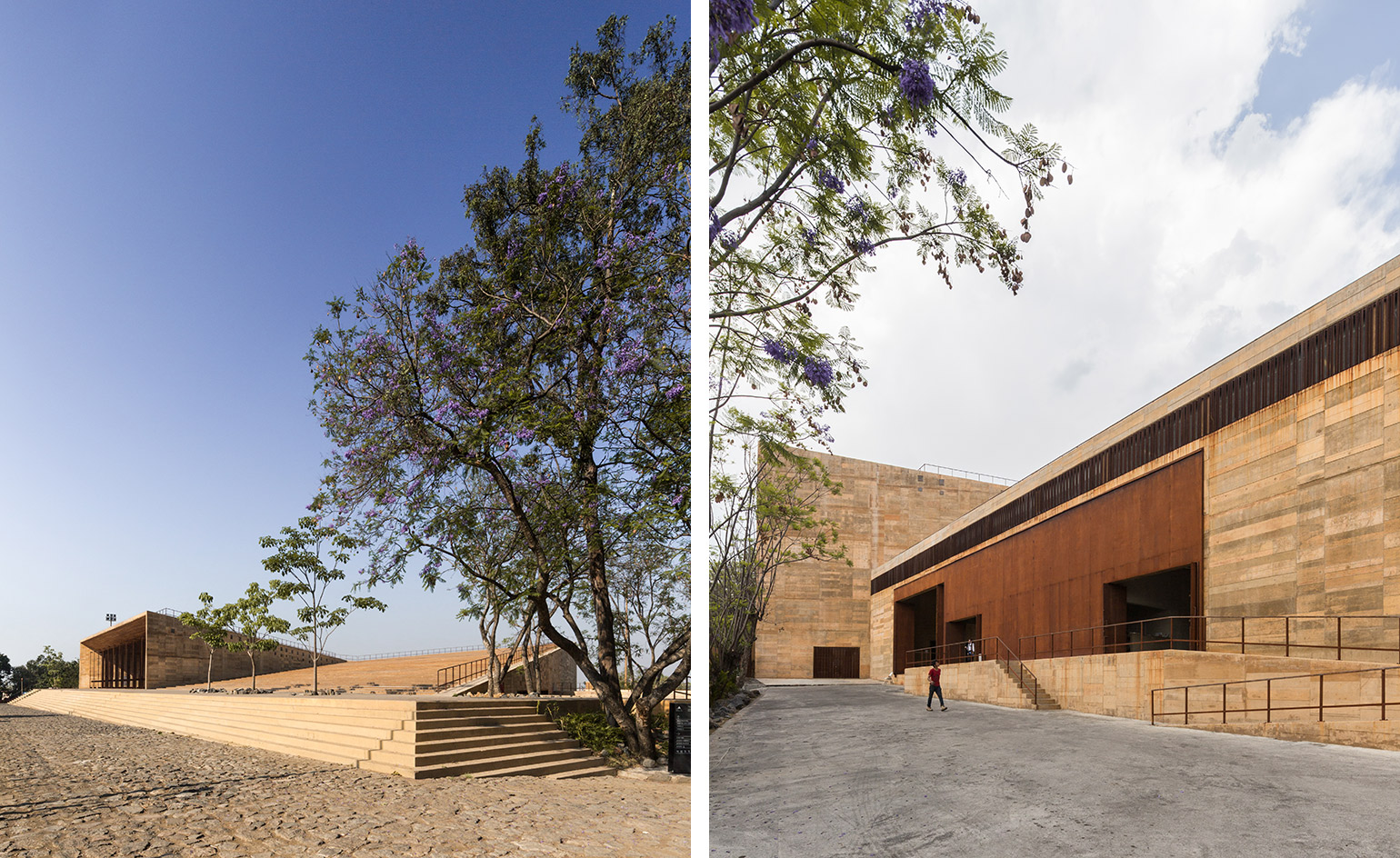
The Teopanzolco Cultural Center is adjacent to a Pre-Hispanic pyramid which influenced its sloping roofs and sandy colouring
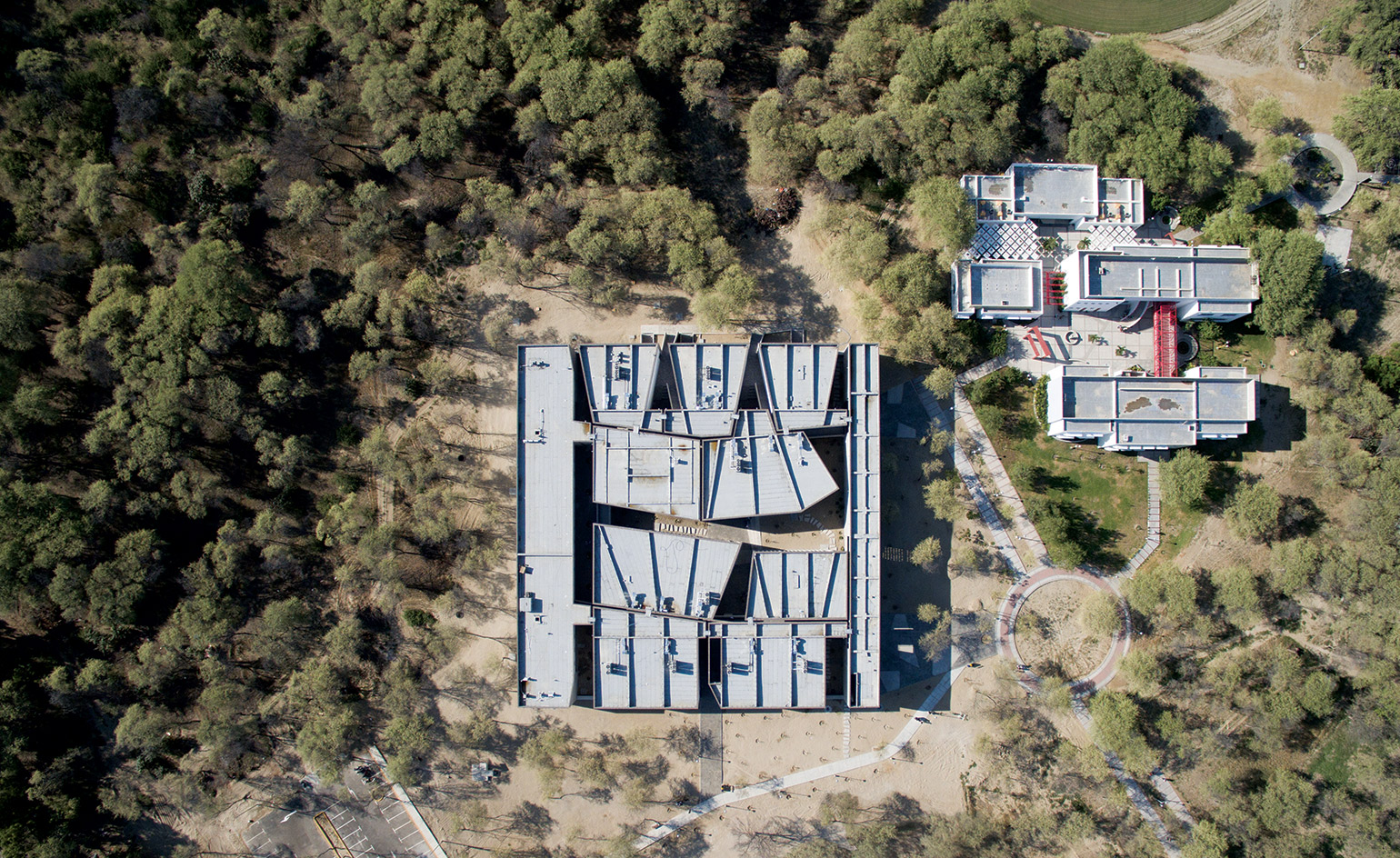
The Edificio E at the University of Piura designed by Barclay & Crousse Architecture in Piura, Peru is set within a dry savannah landscape in the north of Peru
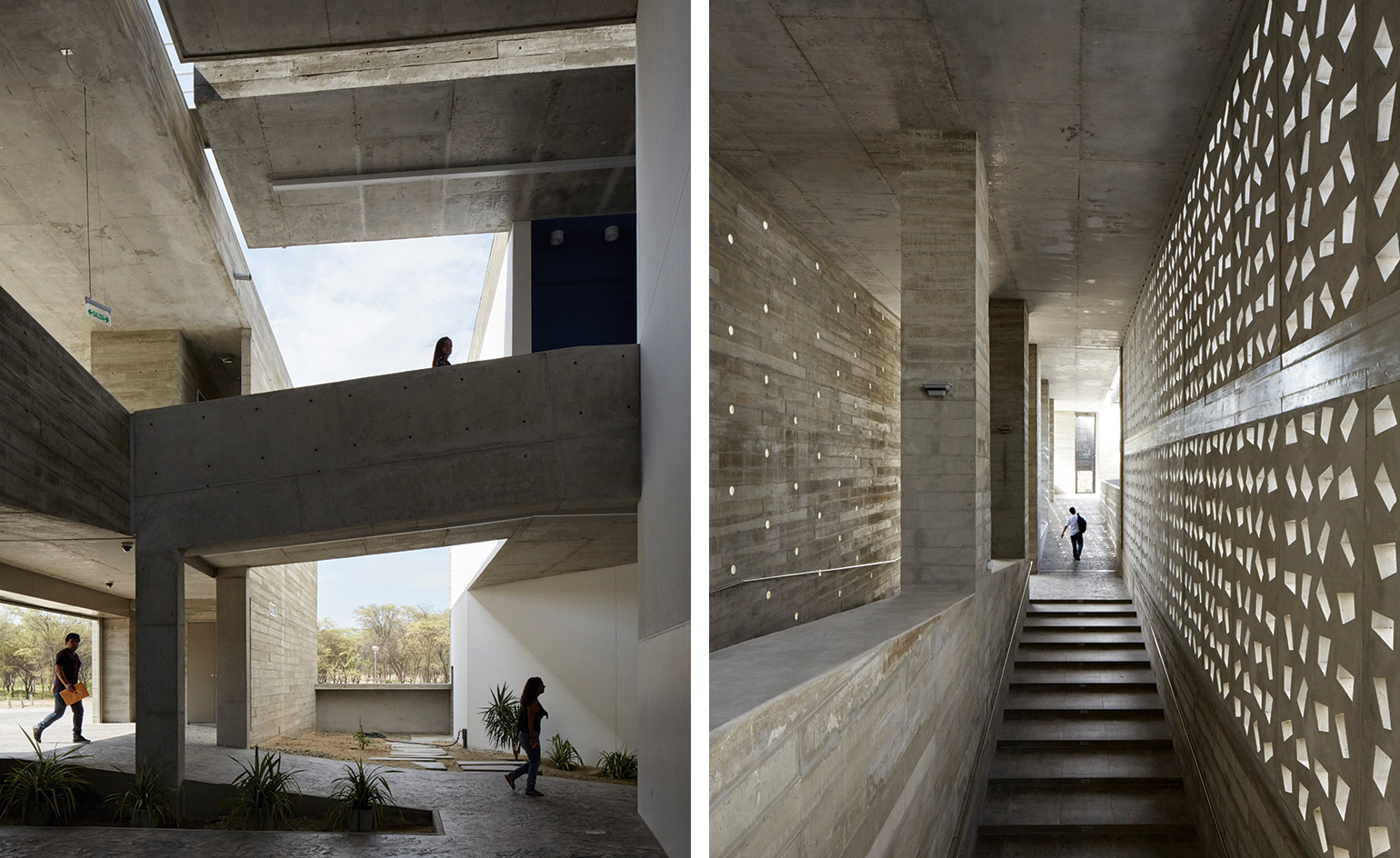
The Edificio E university building creates a compact and complex network of interconnected classrooms, offices, and open spaces specifically designed to accommodate students from disadvantaged backgrounds
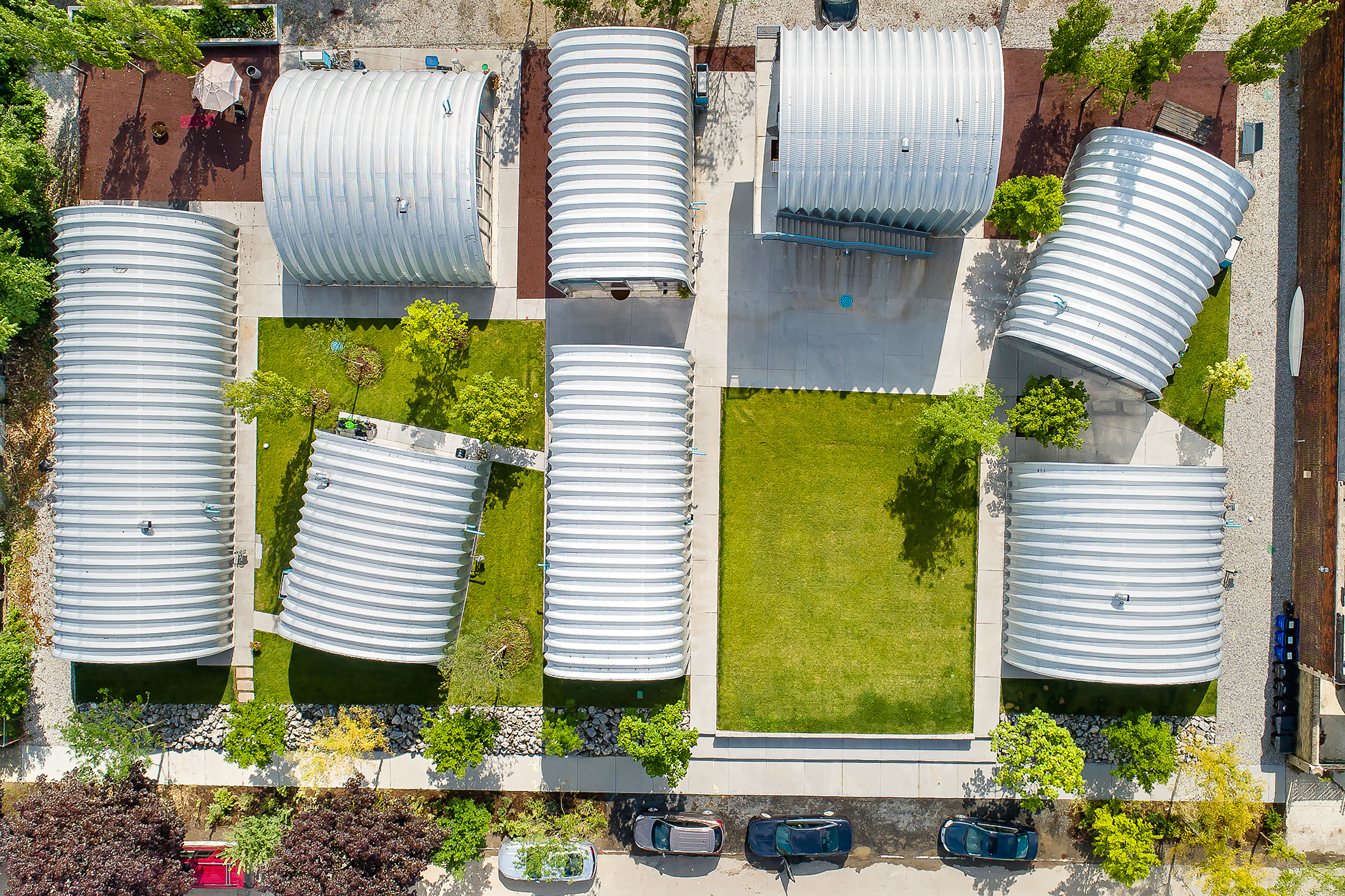
True North in Detroit designed by Edwin Chan / EC3 shows an innovative use of industrial Quonset corrugated galvanized steel structures to creates a sequence of dynamic external and internal spaces
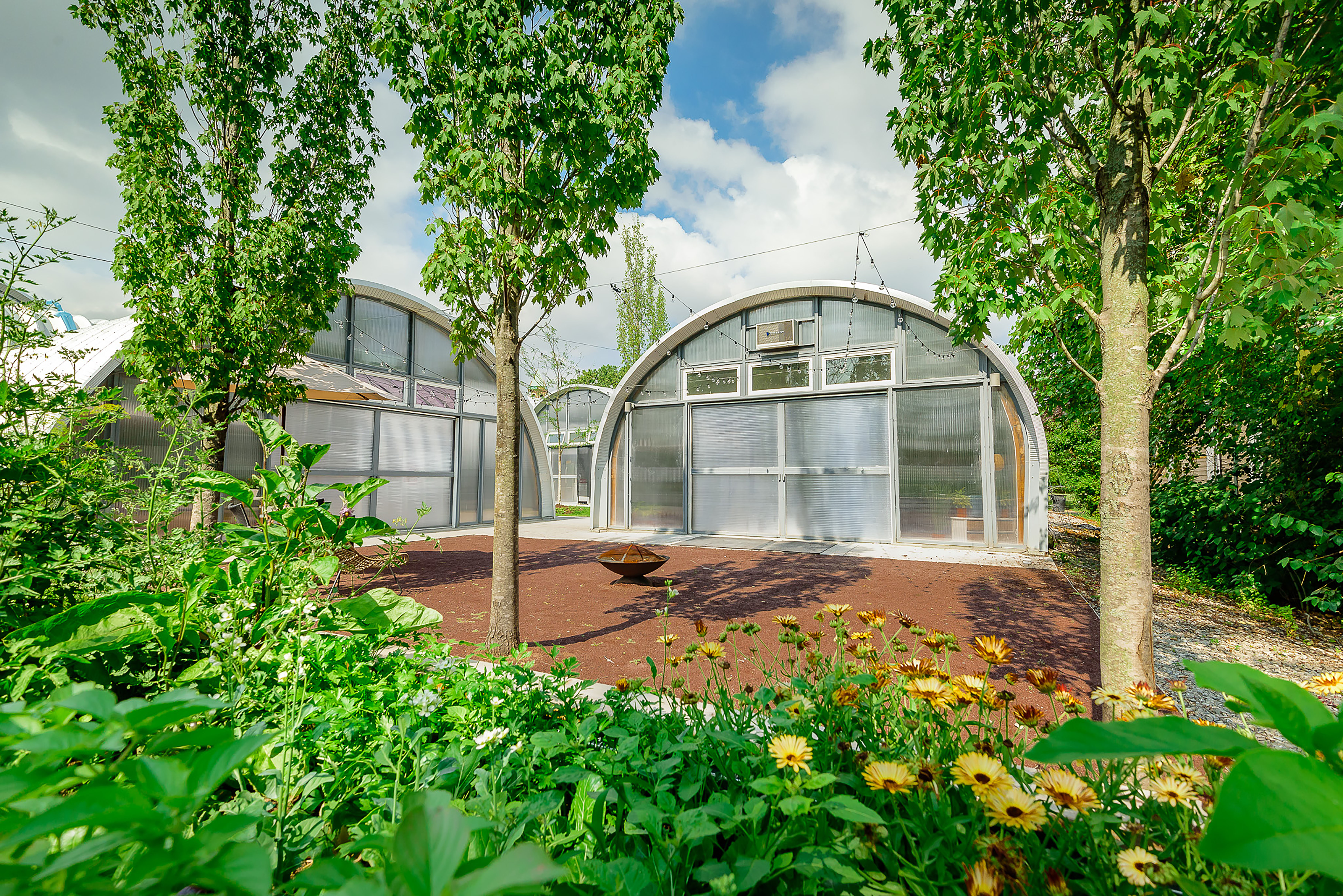
True North provides affordable accommodation to a new generation of urban pioneers in Detroit’s fragile inner-city communities
INFORMATION
For more information, visit the Mies Crown Hall Americas Prize website
Wallpaper* Newsletter
Receive our daily digest of inspiration, escapism and design stories from around the world direct to your inbox.
Harriet Thorpe is a writer, journalist and editor covering architecture, design and culture, with particular interest in sustainability, 20th-century architecture and community. After studying History of Art at the School of Oriental and African Studies (SOAS) and Journalism at City University in London, she developed her interest in architecture working at Wallpaper* magazine and today contributes to Wallpaper*, The World of Interiors and Icon magazine, amongst other titles. She is author of The Sustainable City (2022, Hoxton Mini Press), a book about sustainable architecture in London, and the Modern Cambridge Map (2023, Blue Crow Media), a map of 20th-century architecture in Cambridge, the city where she grew up.
-
 Dior holds an enchanting Kyoto show in the midst of cherry-blossom season
Dior holds an enchanting Kyoto show in the midst of cherry-blossom seasonMaria Grazia Chiuri chose the grounds of Kyoto’s serene Tō-ji Temple to present a Fall 2025 collection that celebrated Dior’s longstanding links with Japan
By Jack Moss
-
 Giant rings! Timber futurism! It’s the Osaka Expo 2025
Giant rings! Timber futurism! It’s the Osaka Expo 2025The Osaka Expo 2025 opens its microcosm of experimental architecture, futuristic innovations and optimistic spirit; welcome to our pick of the global event’s design trends and highlights
By Danielle Demetriou
-
 The new Polaroid Flip unfolds to bring you pin-sharp instant photography
The new Polaroid Flip unfolds to bring you pin-sharp instant photographyPolaroid announces the Flip, an instant camera that blends its evergreen film technology with better results and more control
By Jonathan Bell
-
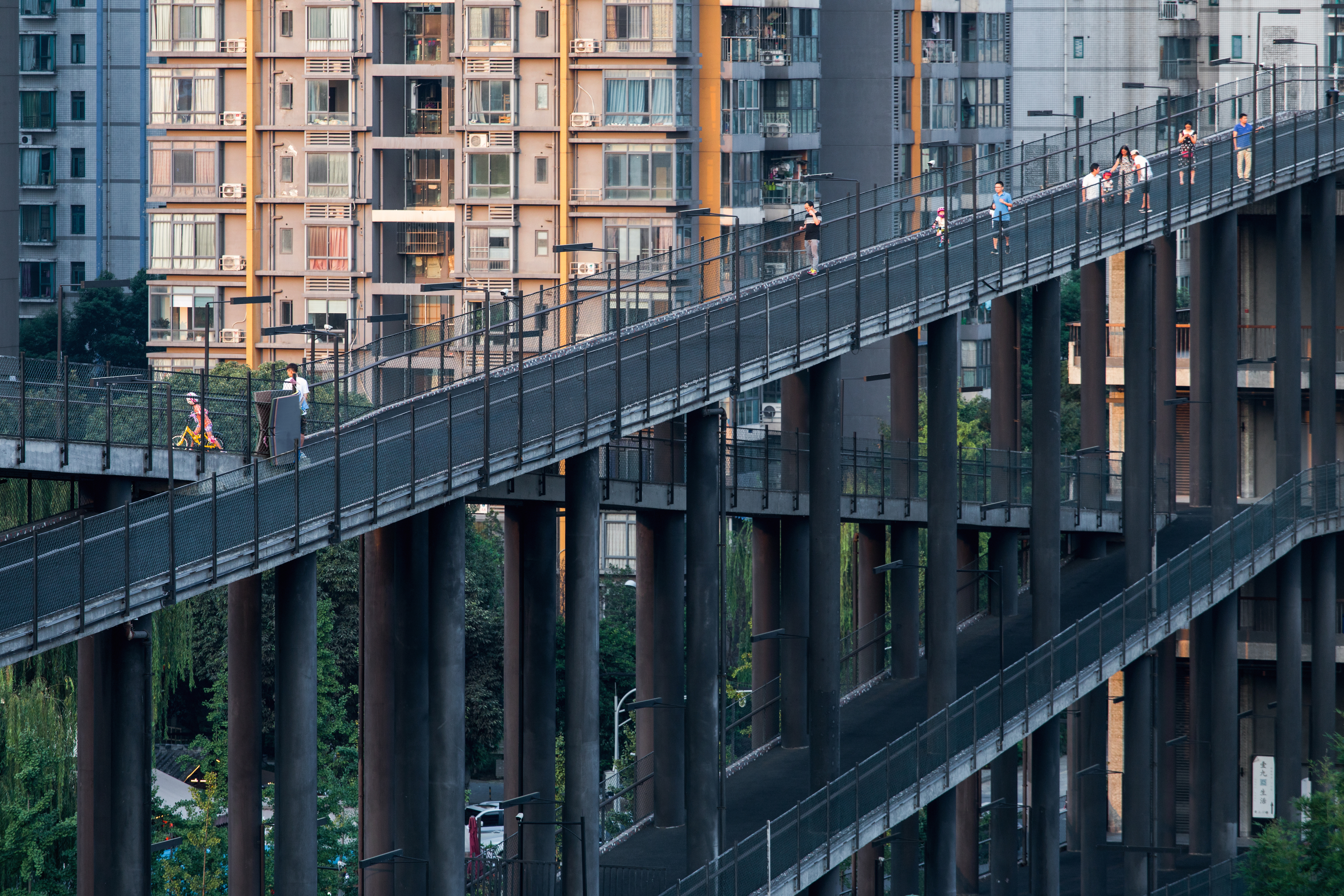 Liu Jiakun wins 2025 Pritzker Architecture Prize: explore the Chinese architect's work
Liu Jiakun wins 2025 Pritzker Architecture Prize: explore the Chinese architect's workLiu Jiakun, 2025 Pritzker Architecture Prize Laureate, is celebrated for his 'deep coherence', quality and transcendent architecture
By Ellie Stathaki
-
 Young Climate Prize 2025 winners: the creatives designing for a better tomorrow
Young Climate Prize 2025 winners: the creatives designing for a better tomorrowThe winners for the Young Climate Prize 2025 cycle by The World Around have been announced, crowning a new generation of changemakers; we go behind the scenes and reveal the process and winners
By Ellie Stathaki
-
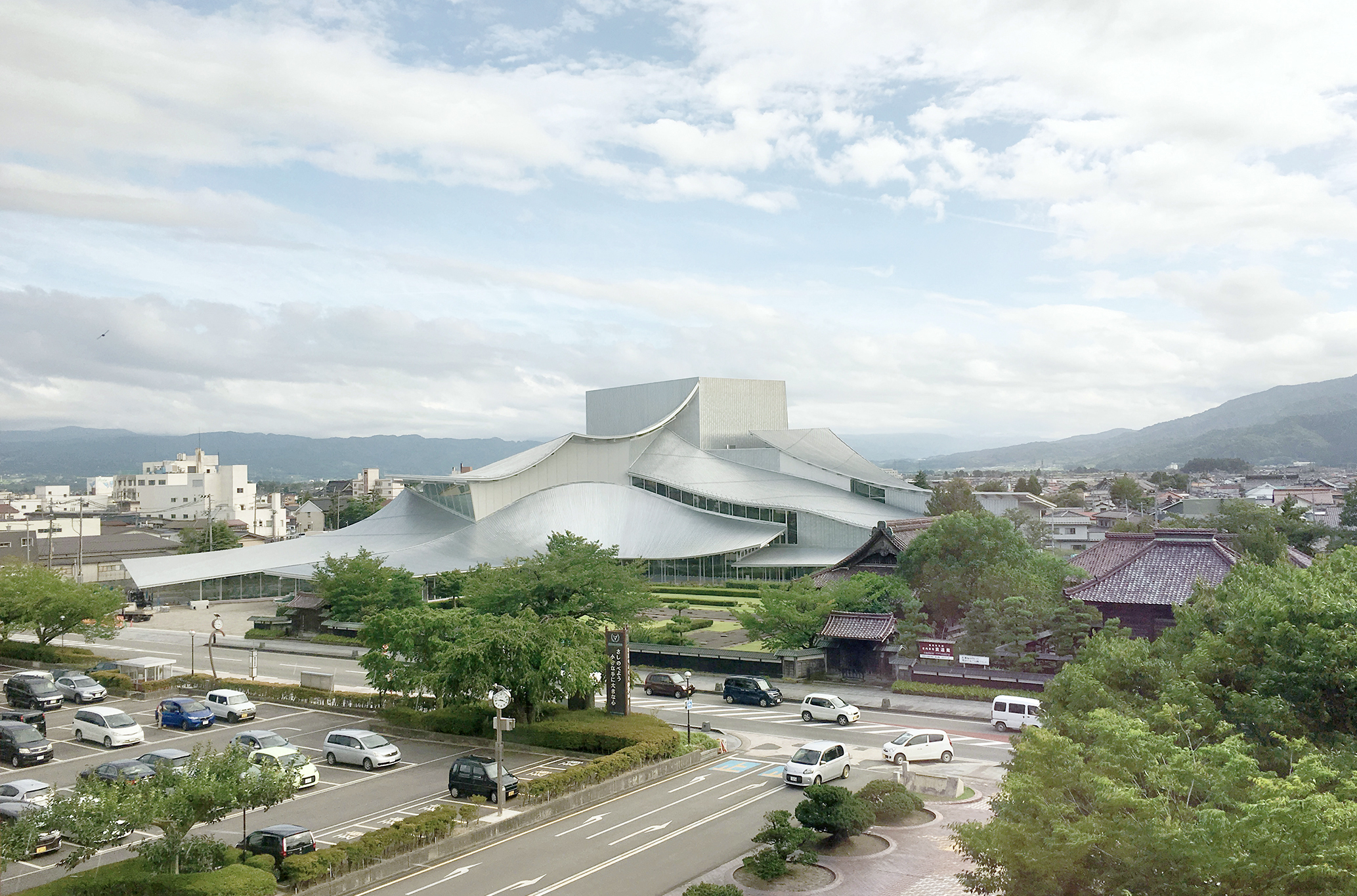 And the RIBA Royal Gold Medal 2025 goes to... SANAA!
And the RIBA Royal Gold Medal 2025 goes to... SANAA!The RIBA Royal Gold Medal 2025 winner is announced – Japanese studio SANAA scoops the prestigious architecture industry accolade
By Ellie Stathaki
-
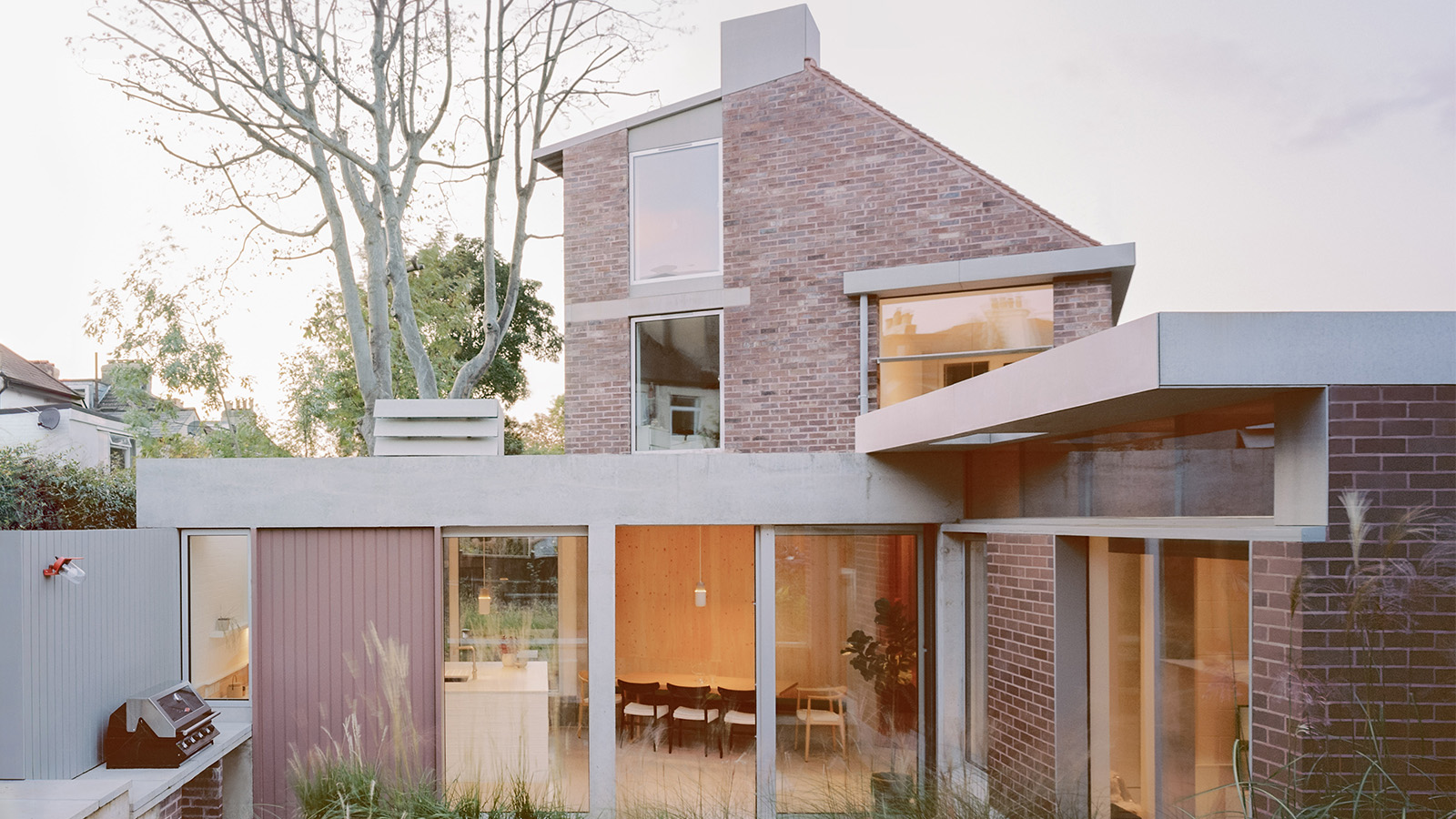 The RIBA House of the Year 2024 winner is a delightful work in progress
The RIBA House of the Year 2024 winner is a delightful work in progressThe winner of the RIBA House of the Year 2024 is Six Columns in south London – the home of architect and 31/44 studio co-founder William Burges
By Ellie Stathaki
-
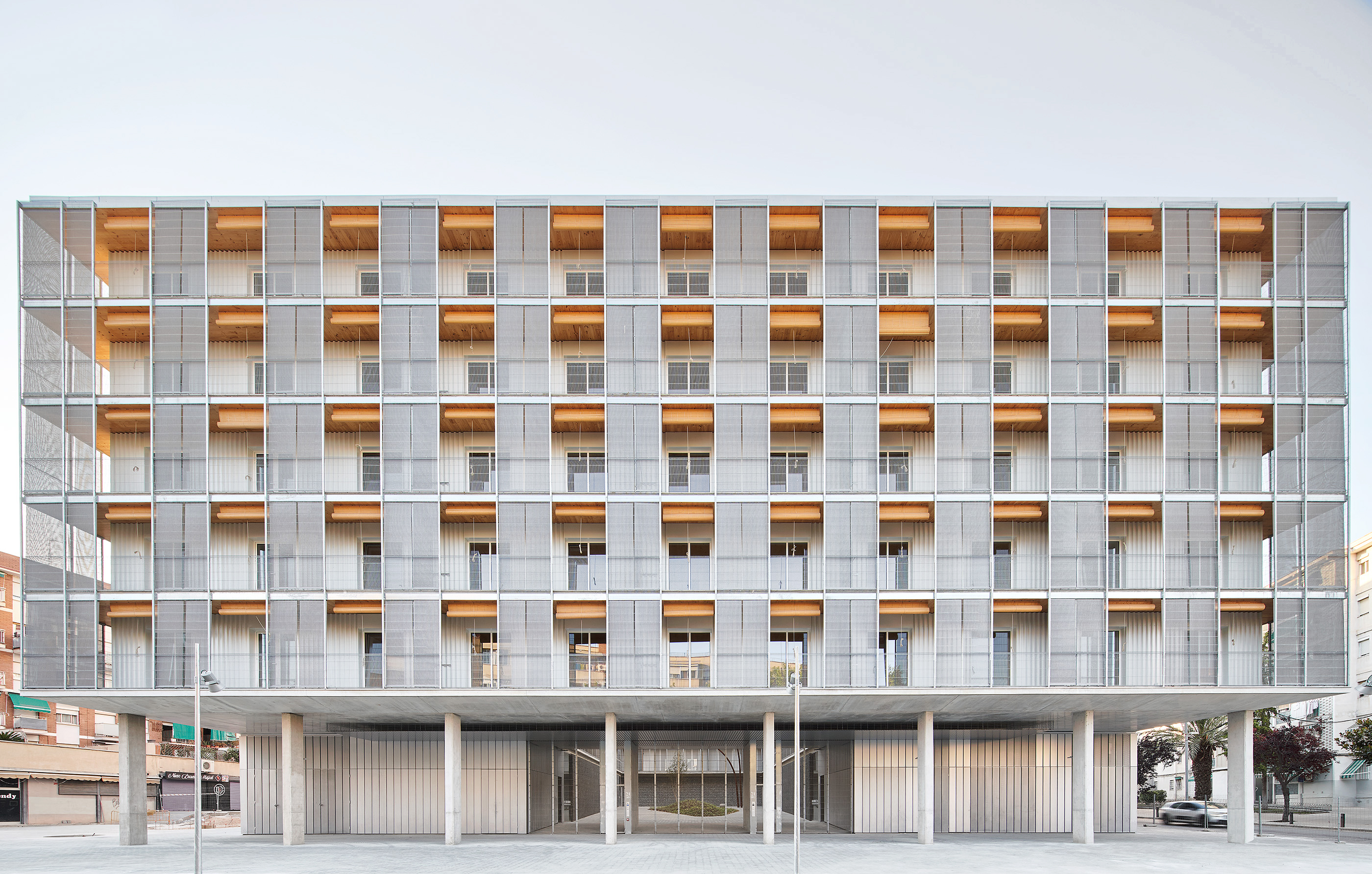 RIBA International Prize 2024 goes to 'radical housing' in Barcelona
RIBA International Prize 2024 goes to 'radical housing' in BarcelonaRIBA International Prize 2024 has been announced, and the winner is Modulus Matrix: 85 Social Housing in Cornellà, designed by Peris + Toral Arquitectes in Barcelona
By Ellie Stathaki
-
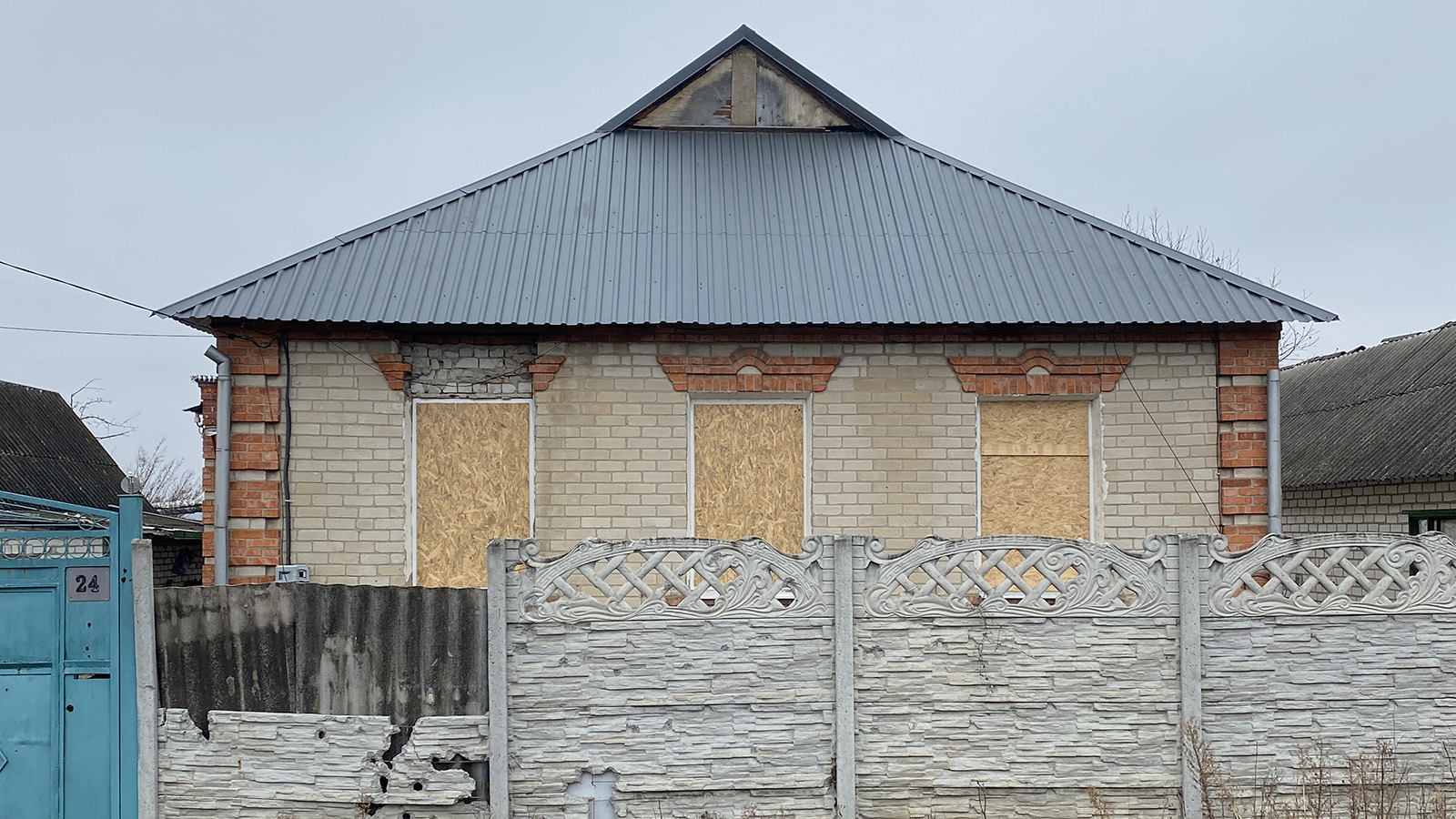 Meet the 2024 Royal Academy Dorfman Prize winner: Livyj Bereh from Ukraine
Meet the 2024 Royal Academy Dorfman Prize winner: Livyj Bereh from UkraineThe 2024 Royal Academy Dorfman Prize winner has been crowned: congratulations to architecture collective Livyj Bereh from Ukraine, praised for its rebuilding efforts during the ongoing war in the country
By Ellie Stathaki
-
 RIBA House of the Year 2024: browse the shortlist and pick your favourite
RIBA House of the Year 2024: browse the shortlist and pick your favouriteThe RIBA House of the Year 2024 shortlist is out, celebrating homes across the UK: it's time to place your bets. Which will win the top gong?
By Ellie Stathaki
-
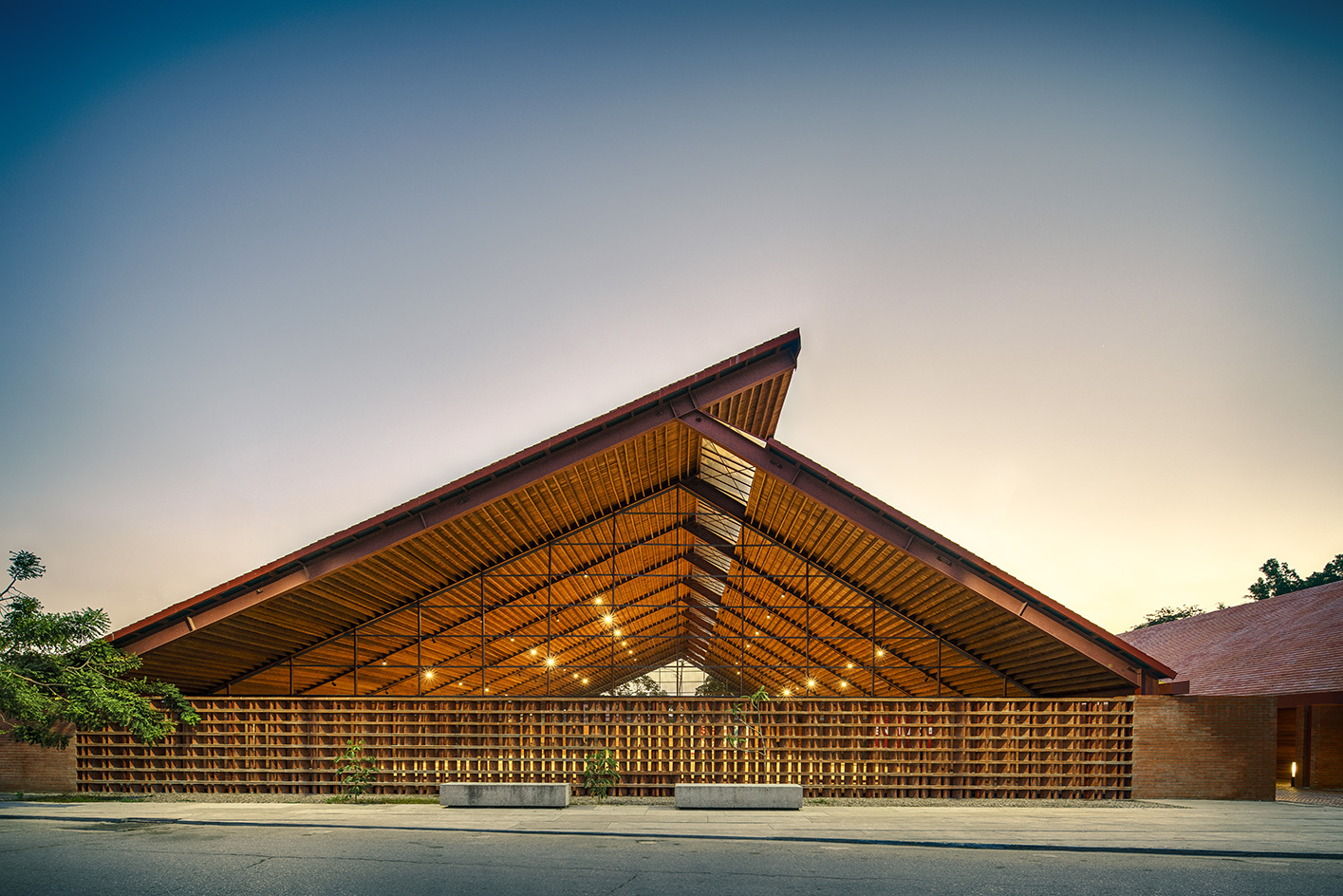 2024 Obel Award goes to 36x36 by Colectivo C733 in Mexico
2024 Obel Award goes to 36x36 by Colectivo C733 in MexicoThe 2024 Obel Award winner has been announced, crowning 36x36 by Colectivo C733 in Mexico as this year's recipients
By Ellie Stathaki